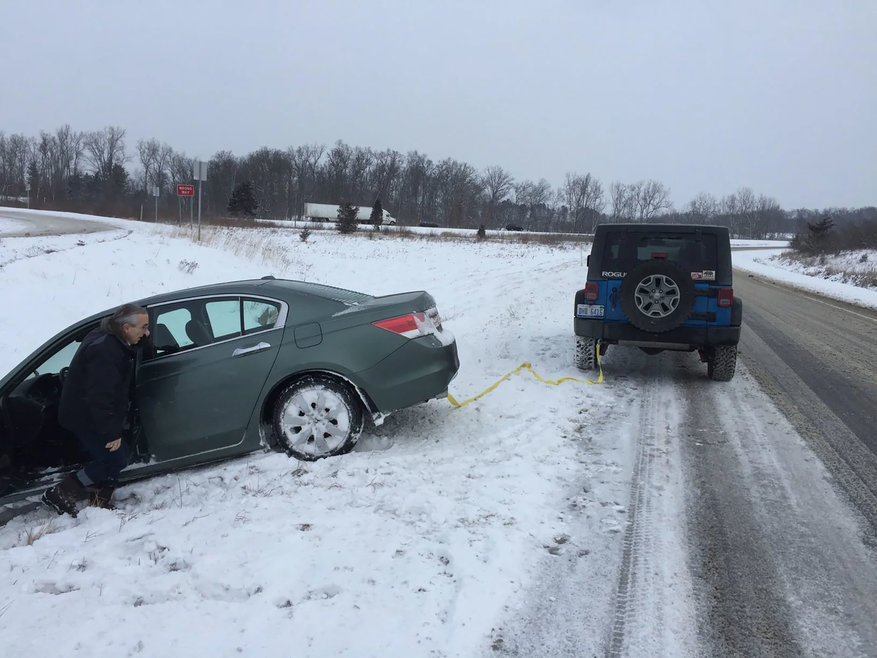by Scott Ammerman
Torque Correspondent
Part one of a two-part series
You do not have to look far this time of year to see Jeep owners doing great things to help out others. Just take a look at any news feed over the past few weeks and there are plenty of stories about Jeep clubs and owners across the country unselfishly jumping in to help ferry healthcare workers and first responders wherever needed. Or rigging up tow straps and pulling other drivers out of an icy patch or snow drift during a storm.
That's because many in the Jeep community take it upon themselves to offer these folks safe rides in foul weather; which in turn allows those essential workers to assist people in need.
Perhaps you have friends or neighbors asking you to give them a hand picking up some essential supplies, or needing a ride to work when the roads are covered in snow and ice.
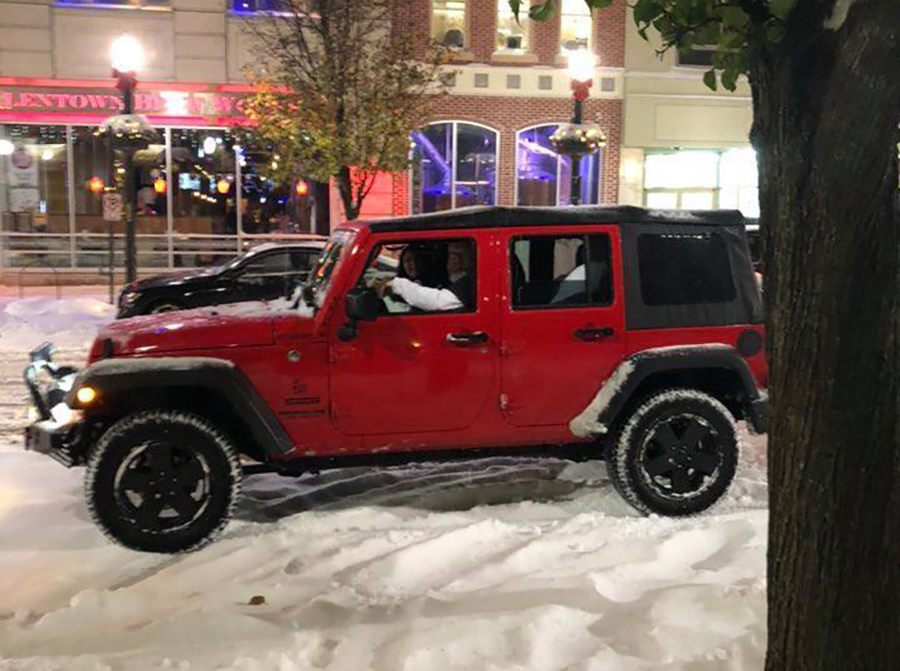

Terry Pritchard in November of 2018, taking 12 people in 4 trips to and from work in a Lehigh Valley (Pa.) storm.
Terry Pritchard, one of Torque's content writers, co-founder of the Jeep Enthusiasts of Eastern PA and co-host of the Jeep Life Podcast, has provided rides like this for years during winter.
“I love that I belong to a group of people that are unselfish enough to help others without hesitation,” Pritchard said. “Helping during a snowstorm is the least we can do. I just want to make sure everyone, especially healthcare workers, makes it home or to work safely.”
So, if you are looking to help out and contribute your time during the winter season, there are some critical things to consider to minimize risk to yourself, your vehicle and others.
First, make sure your skills are up to the task, and your Jeep is in good shape for any driving or recovery duties. The last thing you want is to get stranded yourself, right?
Next, understand how winter conditions may affect your drive. Take a look at this list of winter driving tips from Quadratec Trail Boss Kyle Buchter, owner of Pennsylvania-based Off Road Consulting. He has tens of thousands of hours behind the wheel driving in low traction environments and is a master instructor for getting the most out of your four-wheel-drive vehicle in all kinds of weather.
Also, while it seems like everyone can’t wait to use that Q-Performance Stealth Winch to pull a stuck vehicle to safety, sometimes other items like RES-Q Traction Boards are an even better solution because not all vehicles have solid recovery points.

In case you missed it, here are some "must-have" items items that anyone should carry in their winter emergency kit.
Now, with that out of the way, if you are going to use your Jeep for winter weather heroics, make sure to check it over before the storm. I go over every point on this checklist regularly, no matter what season — but I pay careful attention to all of these basic items if winter weather is approaching.
Check all fluids and top off as needed: oil, washer fluid, coolant, brake fluid, power steering fluid, transmission fluid (for automatic vehicles)
Not much is worse than finding out you are dry on washer fluid or a quart low on oil when all the stores are closed, and important people are counting on you.
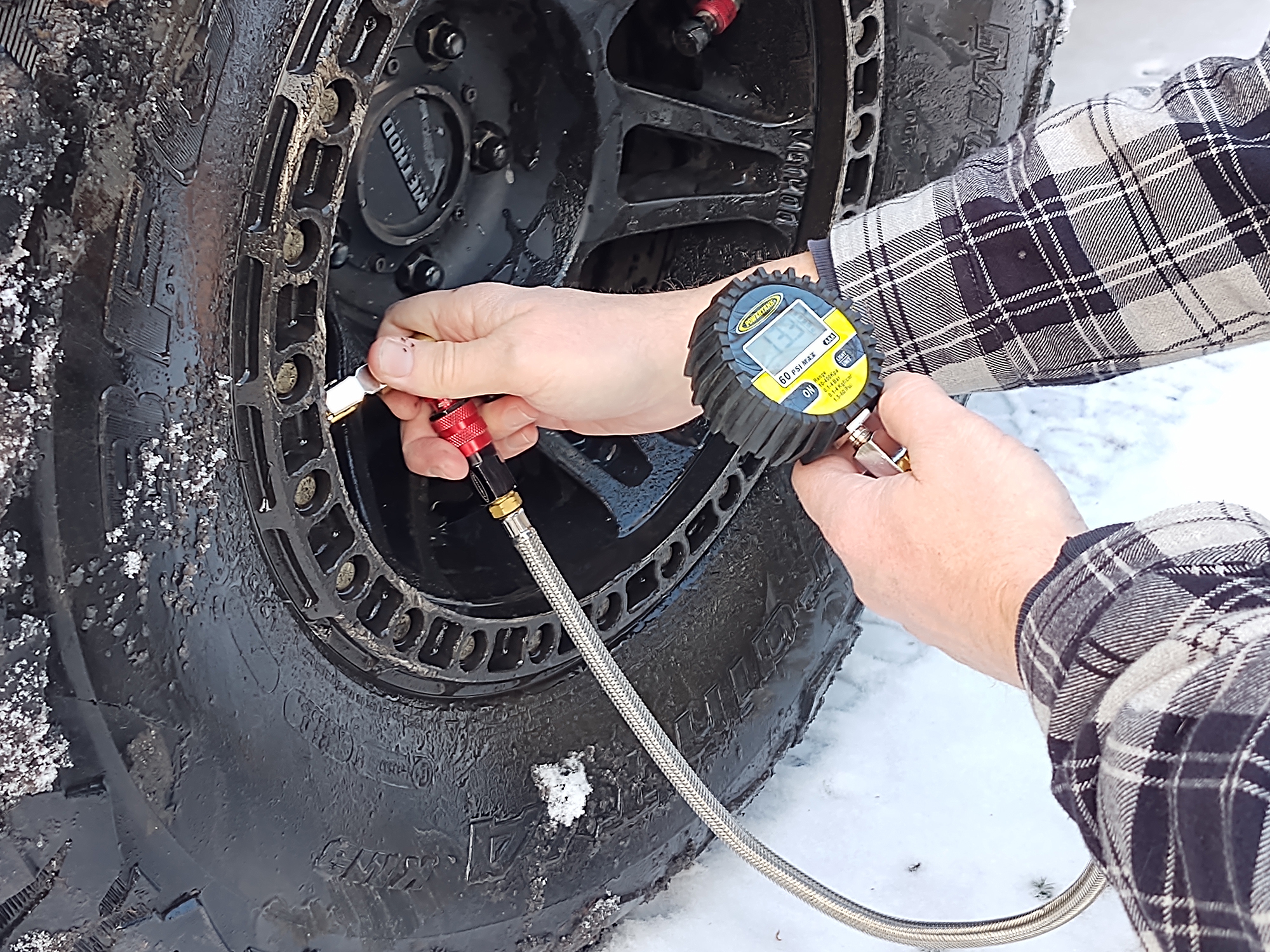
Determine current tire pressure and reduce by 5-10 psi for heavy snow
A little less pressure will increase the traction of your tires by making the contact patch bigger. However, this is not a great strategy if all you are doing is driving on treated roads. If you are not sure how to air down a tire, we cover it here for you.
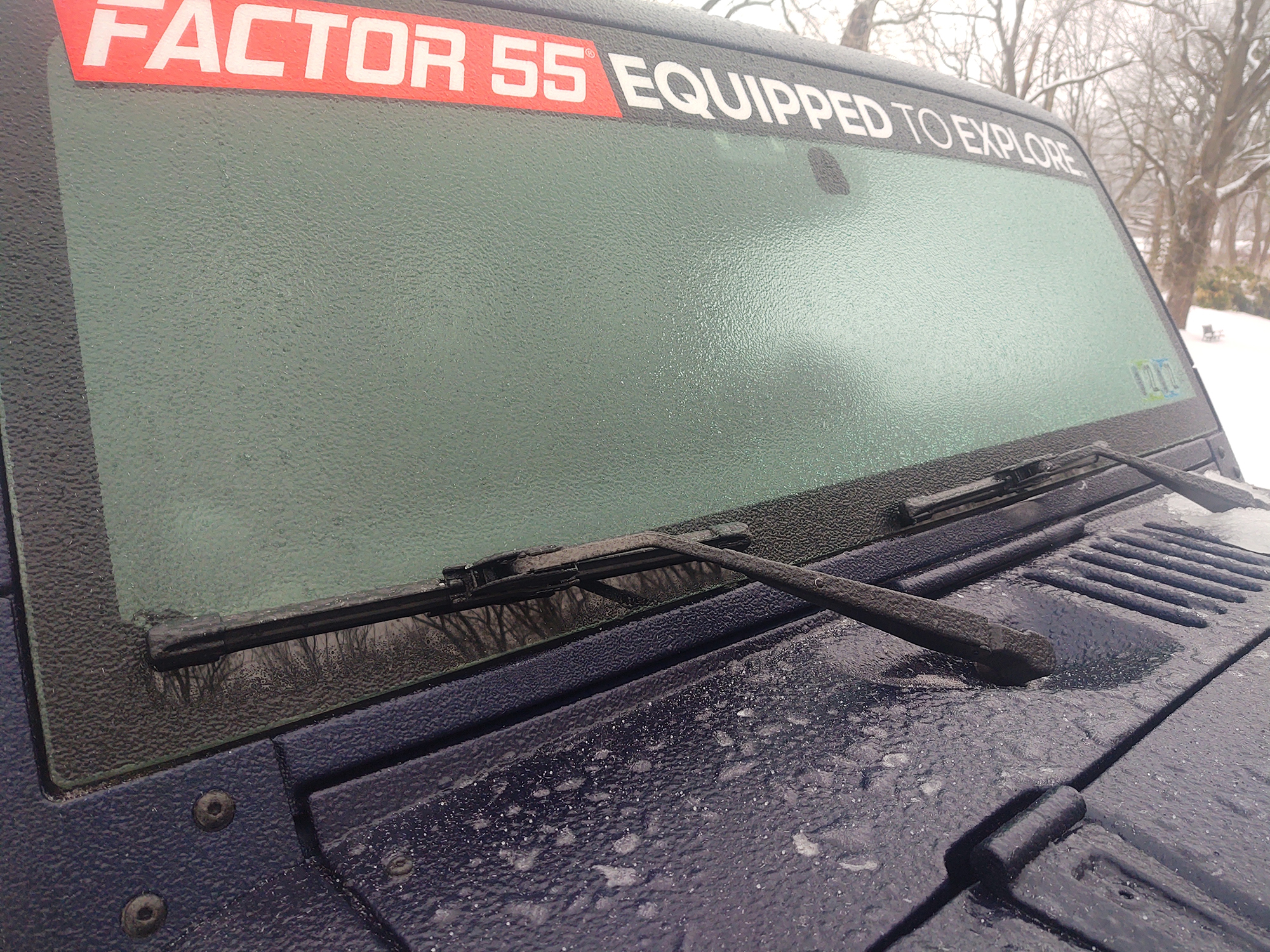
Inspect wiper blades for wear, streaking or chattering
Your Jeep’s wiper blades dry or wear out over time thanks to varying weather conditions during the year. If your blades are older, then think about changing them with something from PIAA or Scrubblade.
Check all lighting for proper operation
See and be seen. Driving with dull or faltering exterior vehicle lighting is dangerous during any season, but a snowstorm or in the fog is not the time to proceed with non-functioning brake lights or headlights. Either replace the bulb, or upgrade to new LED headlights and taillights for a superior performance.
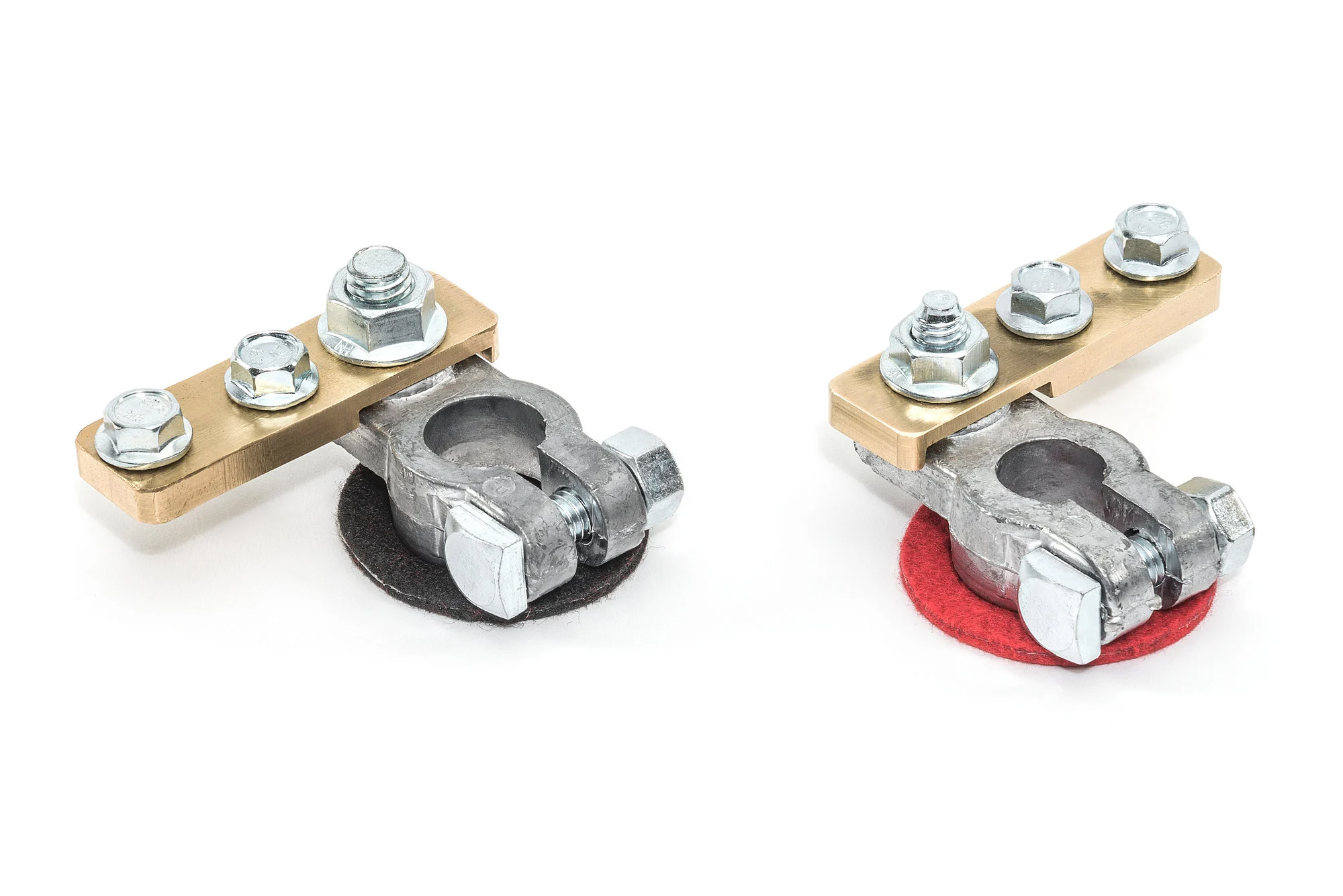
Check battery terminals for corrosion, ensure they are clean and tight
There’s never a bad time to upgrade your battery terminals, and those who run power-draining applications like auxiliary lighting and winches can see a huge benefit from swapping to a powerful aftermarket battery and Quadratec Extreme Duty Terminals.
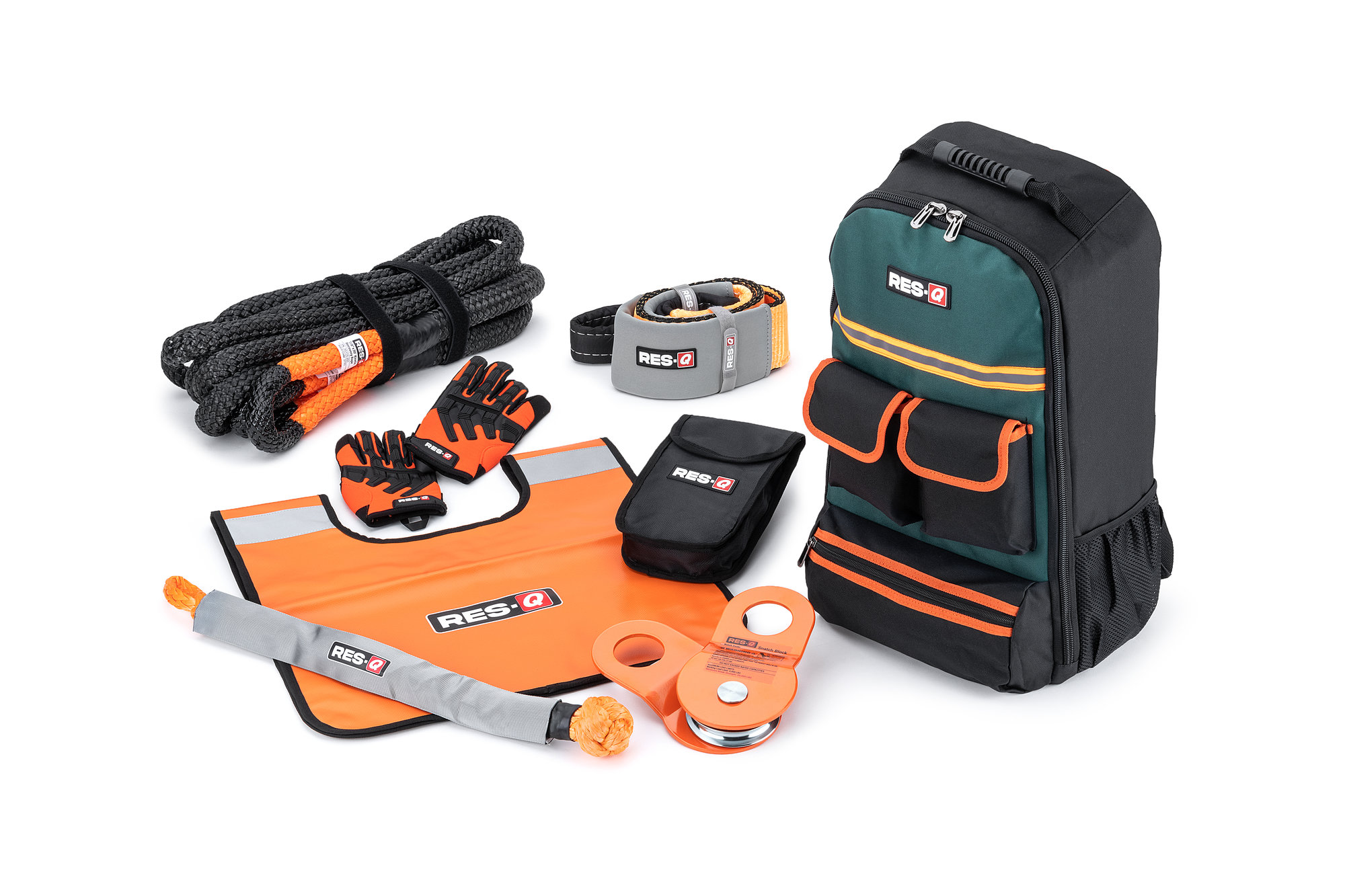
Inspect and maintain your recovery gear
Most winches these days are purchased with synthetic rope because it is lightweight and can be stronger than steel cable. However, how many of you have actually checked the integrity of that synthetic rope after use? Besides winch rope, you should always check any tow straps, soft shackles and winch extensions for signs of wear and replace as needed. An equipment failure during any recovery can be more than just frustrating — it can be dangerous as well.
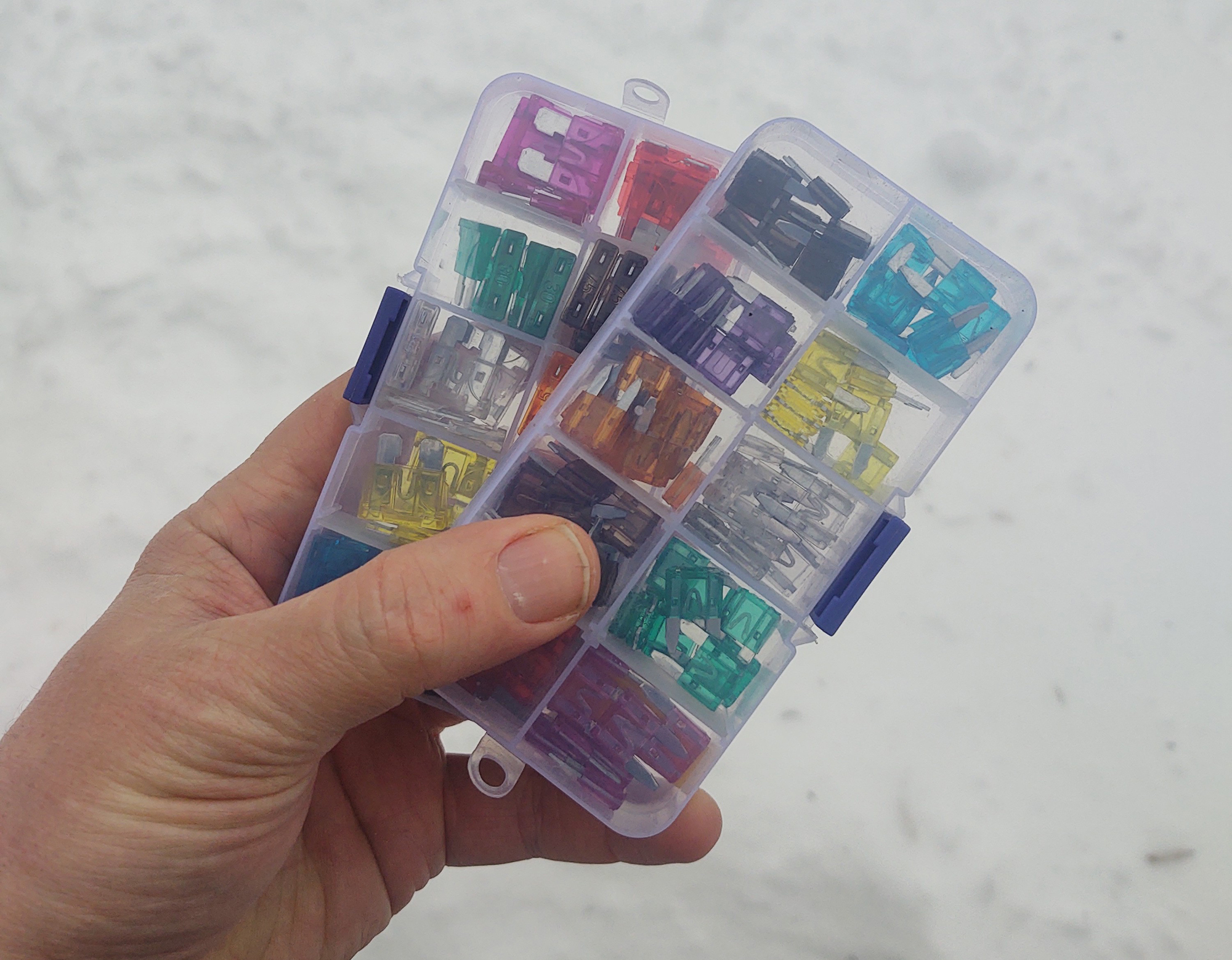
Carry an assortment of fuses for your vehicle
Winter storms are not the time to be driving around trying to find a store that’s open to get a new fuse for your wipers. Heavy snow can increase resistance on the wiper motor and cause that little fuse to blow.
Have a stocked supply kit with a change of clothes including outerwear, wool socks and extra boots
You do not want to take a tumble into a slush puddle and risk hypothermia, do you? A couple of wool or synthetic blankets are always good ideas to bring along when you are out in nasty conditions. However, avoid cotton entirely if you can, as it is a poor wet insulator. Blankets can double as seat covers if you’re really wet or dirty, and are often much easier to clean than your interior when you’re a muddy mess. I have three pairs of gloves in the Jeep at all times — work, insulated and waterproof (Goretex).
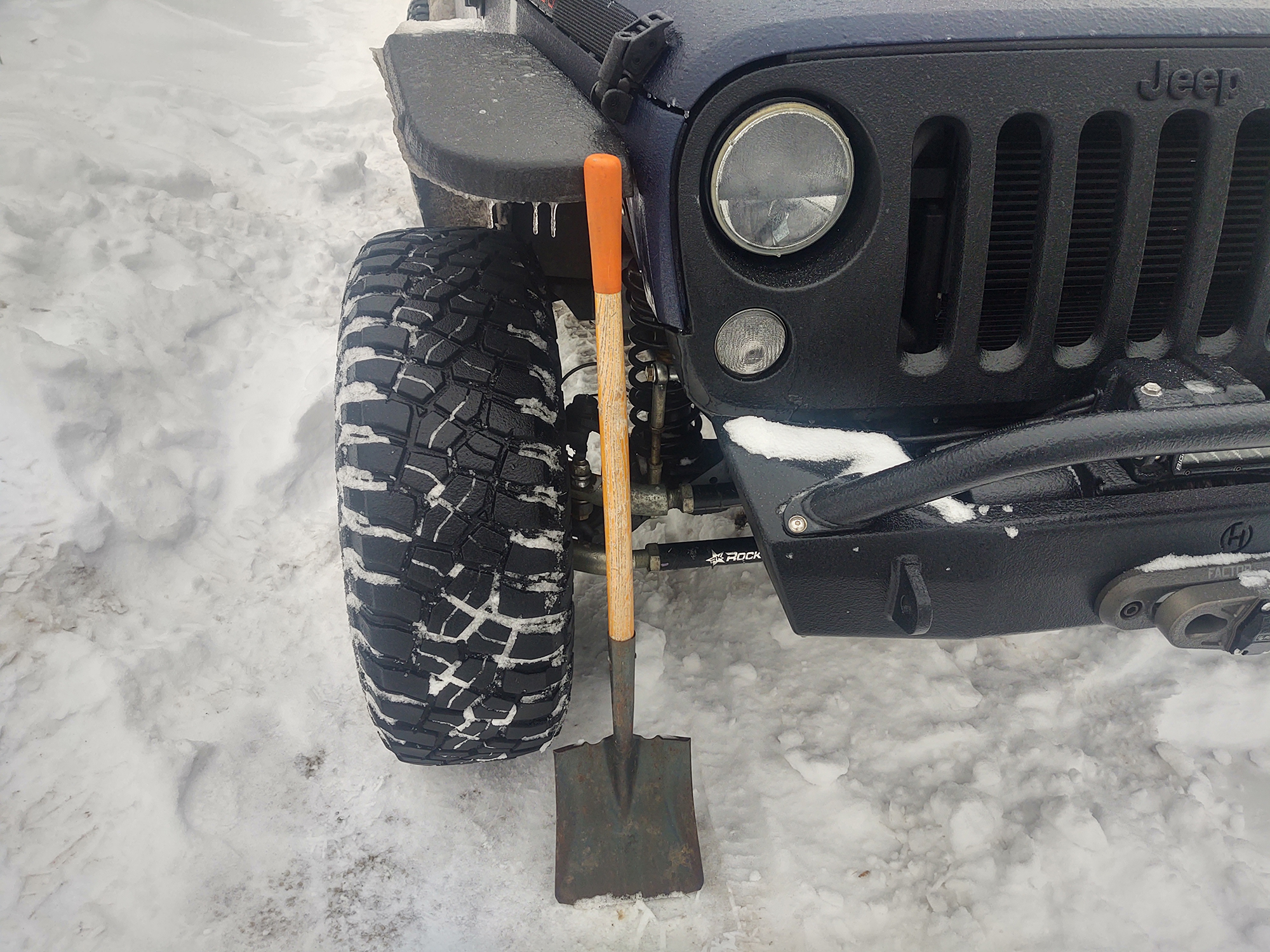
Carry a shovel, snow brush and ice scraper
It doesn’t have to be a snow shovel, exactly. I have a flat-bladed shovel I’ve carried in winter emergencies for over two decades. It's much better for scraping ice off of pavement or busting through plow hills than something made of plastic. I also cut the handle down by a foot to make it easier to stow.
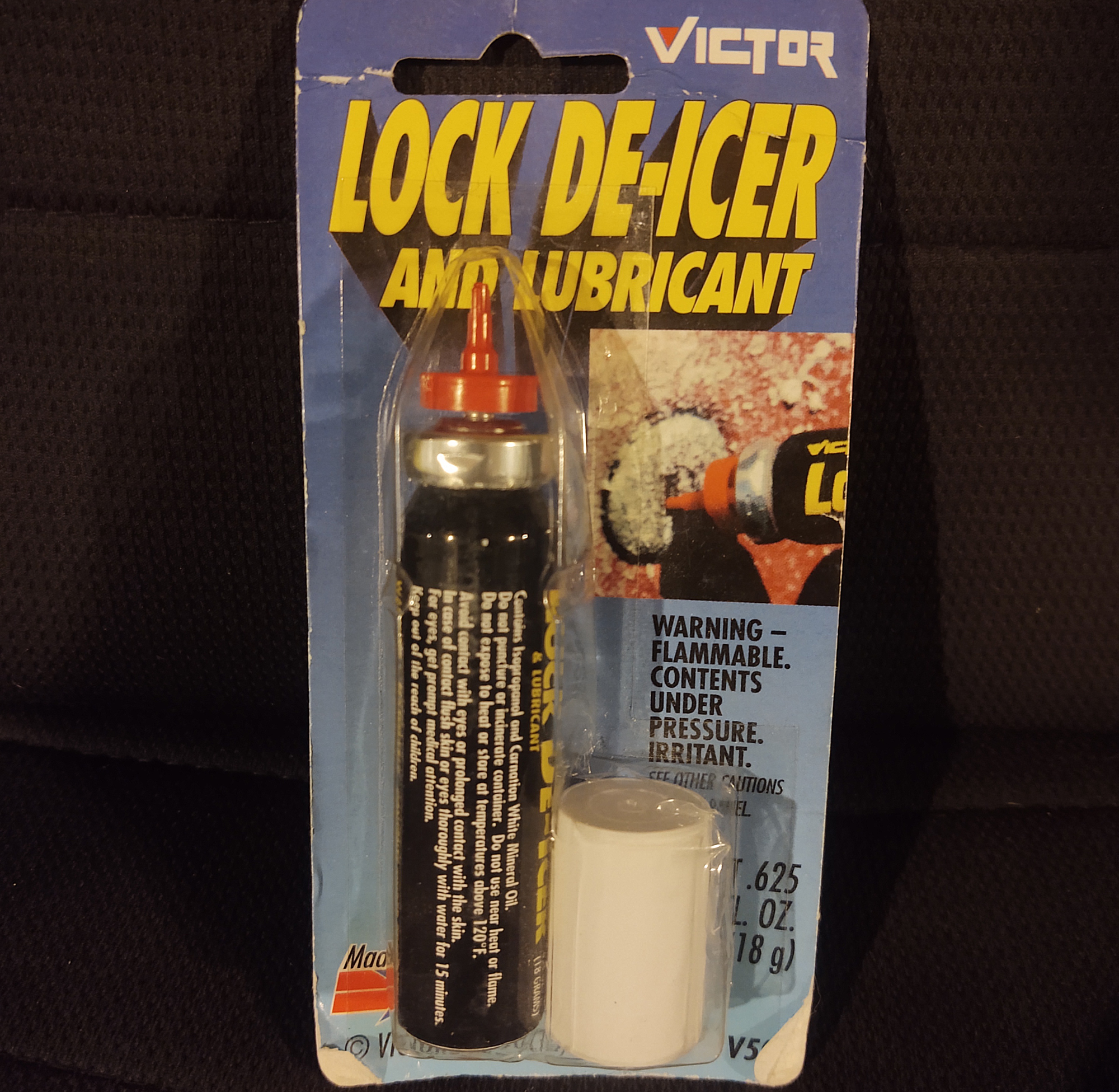
A lock de-icer is a thing of majesty
Make sure to get one before an impending storm because by the time you need it, so will everyone else — and there won’t be any left.

Photo credit: Fredric Martin
Related Articles:
How To Enjoy Jeep Winter Driving












